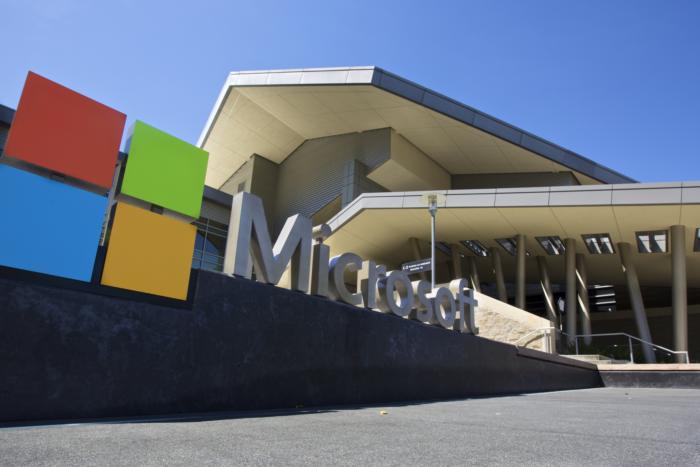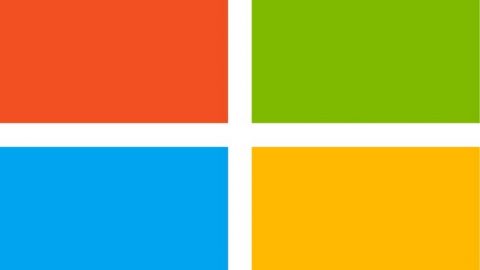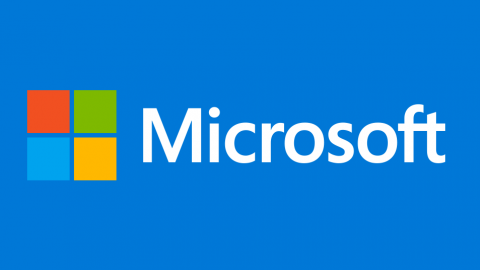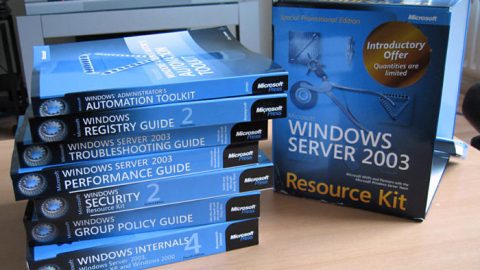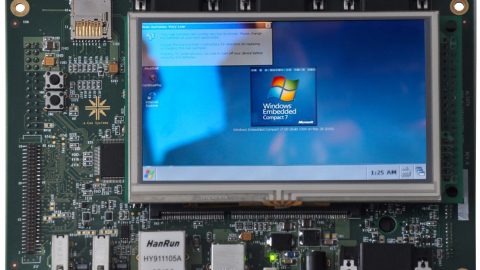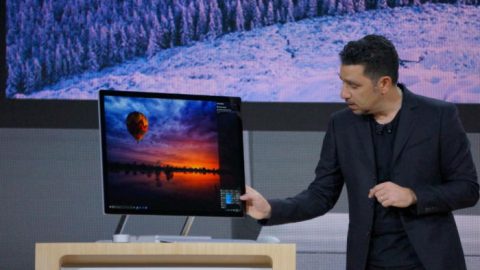The company’s stuck on 400M — even after the CEO promised to regularly report — but outside data sources show slow, steady gains
Microsoft has been stuck on the 400 million mark for Windows 10 for more than four months, as the head of the company’s operating systems group yesterday repeated the milestone when he spoke to developers.
“We now have over 400 million users all around the world. This is consumers, people in schools, people in the enterprise,” Terry Meyerson, who leads all Windows efforts, said at a developer’s day Wednesday that was also webcast by the company.
Yesterday’s number was first announced by Microsoft in September 2016.
The lack of change in Microsoft’s claim about Windows 10 illustrated the slower adoption pace since the company ended a free upgrade program, and in hindsight, demonstrated the firm’s foresight in retreating from a self-professed goal of having it on one billion devices by next year.
In July, Microsoft acknowledged that it would not get Windows 10 on one billion devices by mid-2018. The company put most of the blame on its flailing smartphone business.
“We’re pleased with our progress to date, but due to the focusing of our phone hardware business, it will take longer than FY18 for us to reach our goal of 1 billion monthly active devices,” a Microsoft spokesman said at the time.
Within weeks of the admission, Microsoft halted a year-long free upgrade to Windows 10 it had offered to consumers and many businesses. That, in turn, put a damper on uptake. Starting in September, Windows 10’s adoption tempo slowed sharply.
In the five months since, Windows 10’s user share grew by an average of 2% each month, a fifth of the 10% monthly average for the five months before September (April through August), and a sixth of the 12% of the first five months of 2016 (January through May).
User share is an estimate of the percentage of all personal computers running an operating system; Computerworld uses data from metrics vendor Net Applications to calculate the portion of all Windows PCs powered by Windows 10.
But even as the data highlighted a slowdown, it also called into question Microsoft’s unchanging claim for Windows 10. According to Computerworld‘s calculations — using Net Applications’ user share numbers and Microsoft’s own contention that approximately 1.5 billion personal computers run Windows, the latest edition has added millions of users since Microsoft first asserted that the OS was on 400 million devices.
From the end of September 2016 to the end of January 2017, Windows 10 added almost 42 million to its rolls, climbing from 373 million to 415 million. The gain represented an increase of just over 11%.
Other data sources portrayed Windows 10 in similar terms. Ireland’s StatCounter, for example, said 10’s usage share — a measure of activity, since it was based on webpage views from devices running a specific operating system — had climbed more than 9% from September to January.
StatCounter pegged Windows 10 usage share — of all the personal computers running a flavor of Windows — at 33% for January; meanwhile, Net Applications’ user share for the same month was around 28%.
It’s unclear why the company has not updated the 400 million number for nearly half a year, when from the available evidence, the OS has gained users. Microsoft had told Wall Street that the number of Windows 10 “active users” — those who had run the operating system at least once in the past 30 days — would be one of the core metrics it would regularly tout.
“Going forward, we will track progress by regularly reporting the growth of Windows 10 monthly active devices,” said CEO Satya Nadella during a July 2016 earnings call with financial analysts.
By Gregg Keizer, source by Computer World
Visit ICT Hardware website to see more Microsoft Products

